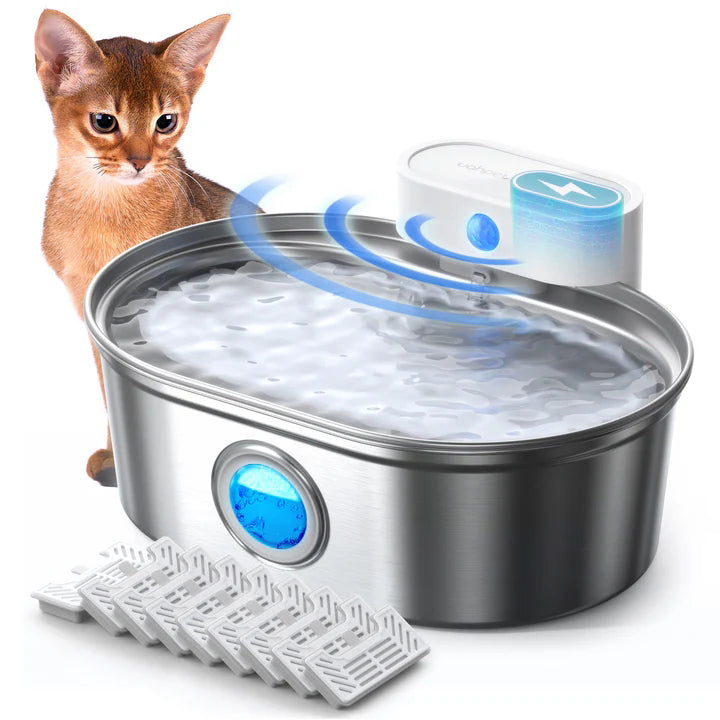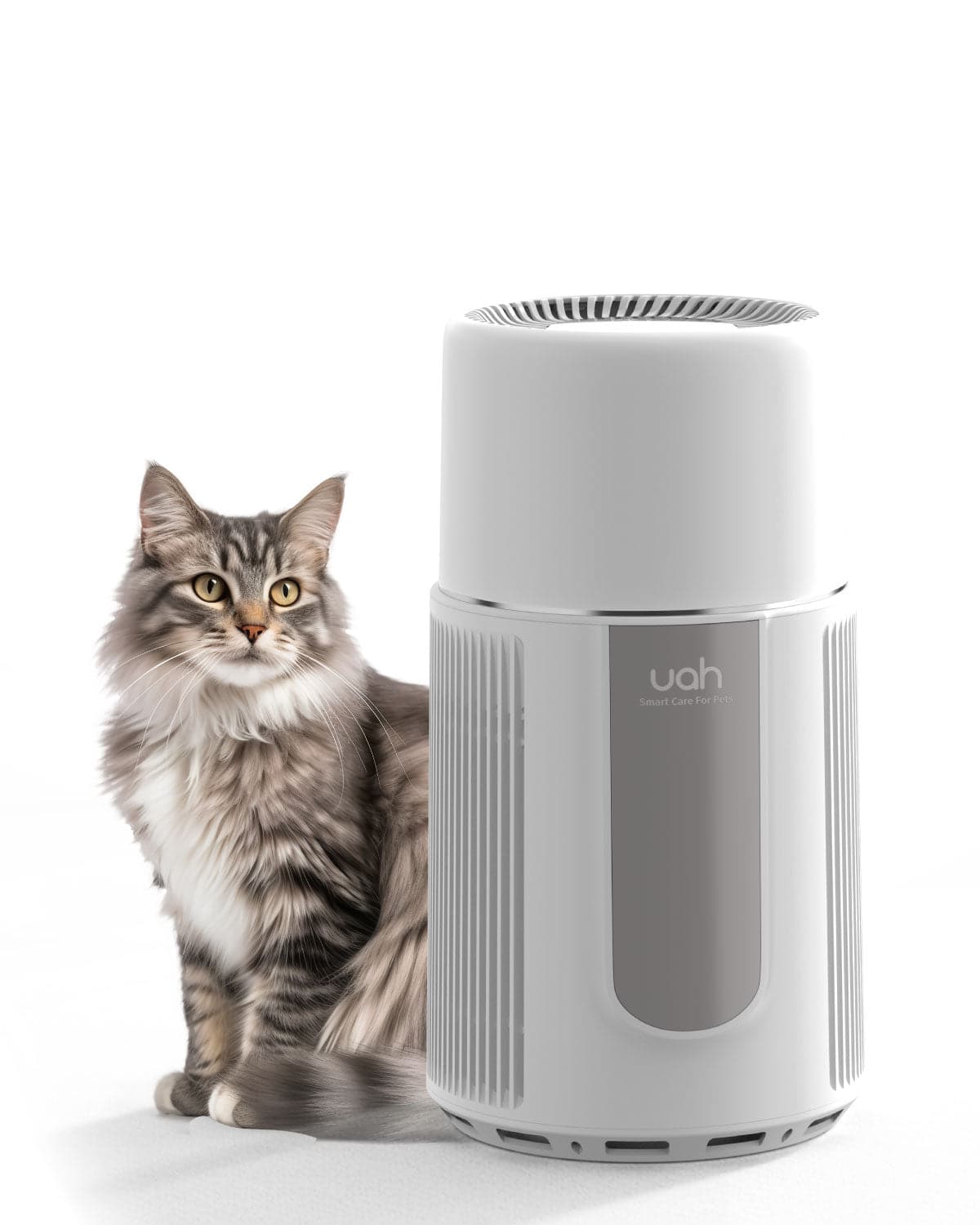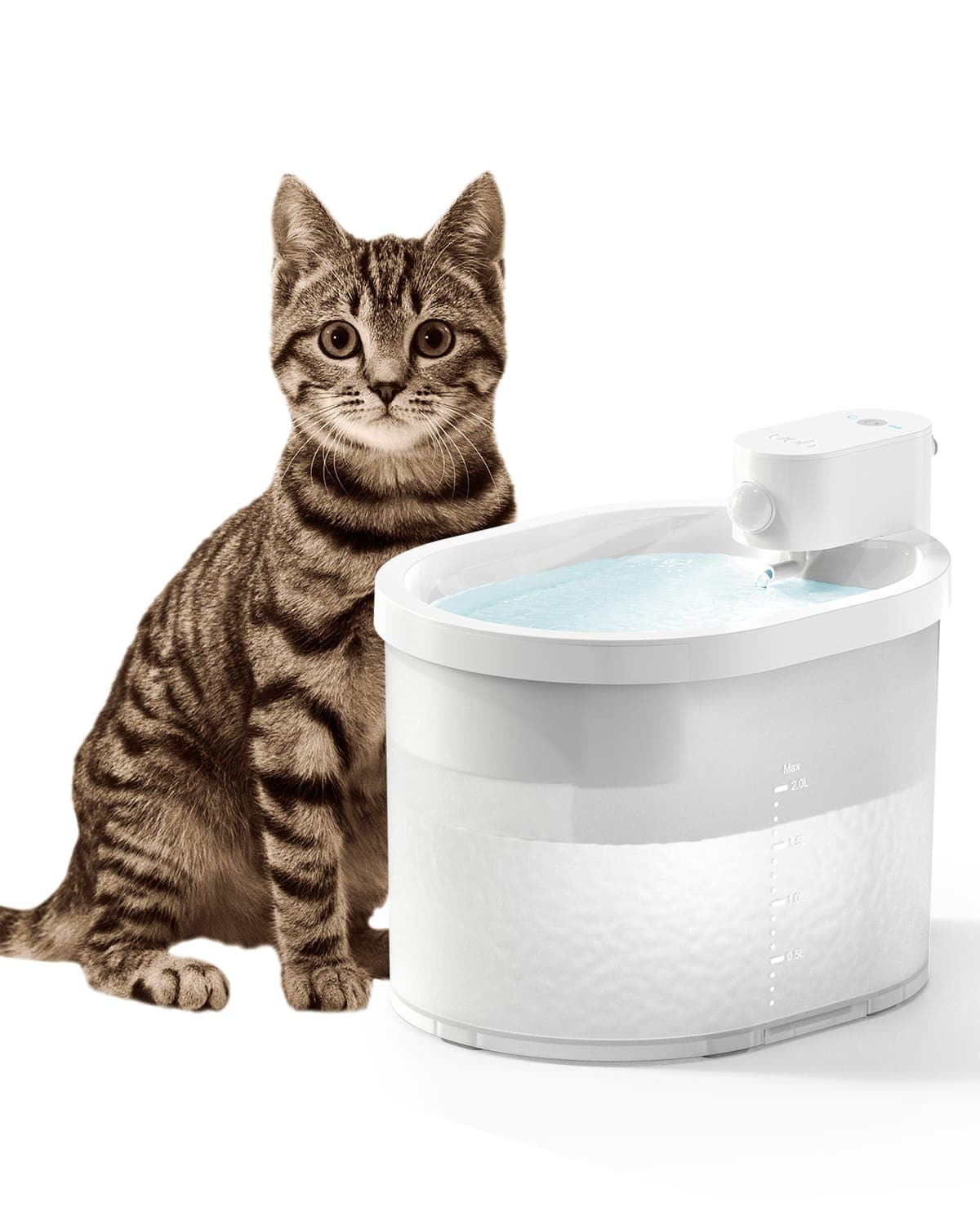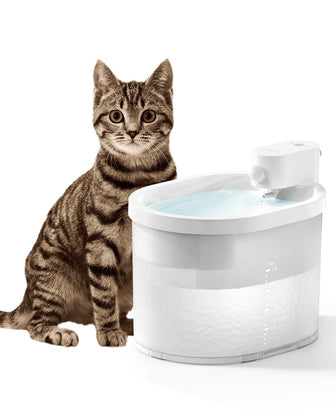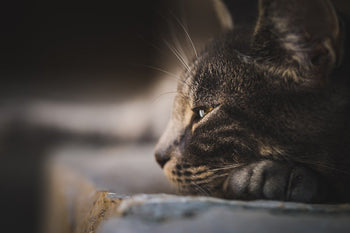When a cat is limping but acting normal, it can be a confusing and concerning situation for cat owners. While limping is a common symptom of various underlying conditions, it can also be a sign of a minor injury that will heal on its own. Understanding the possible causes of limping in cats and when to seek veterinary care can help cat owners make informed decisions about their cat's health.
Possible causes of limping in cats include injuries, arthritis, infections, and tumors. Injuries, such as sprains or fractures, are common in active cats and can cause limping. Arthritis, which is more common in older cats, can cause stiffness and pain in the joints, leading to limping. Infections, such as abscesses or cellulitis, can cause limping as well. Tumors, while rare, can also cause limping.
My Cat is Limping but Acting Normal: Possible Causes and Treatment Options

Key Takeaways
Limping in cats can be caused by various underlying conditions, including injuries, arthritis, infections, and tumors.
Cat owners should observe their cat's behavior and monitor the limping to determine if veterinary care is necessary.
Preventive measures, such as keeping cats indoors and providing a healthy diet, can help reduce the risk of injuries and other conditions that can cause limping.
Understanding Limping in Cats
Sign of Discomfort
Limping in cats can be a sign of discomfort and pain. If your cat is limping, it is important to observe their behavior to determine if they are acting normal or if they are showing signs of distress. Keep an eye out for any changes in their eating, drinking, or grooming habits, as well as any vocalizations or changes in their sleeping patterns.
Common Reasons for Limping
There are several common reasons why a cat may be limping. These include:
Sprains and strains
Arthritis
Fractures
Infections or abscesses
Torn ligaments or tendons
If your cat is limping, it is important to take them to the veterinarian to determine the underlying cause.
Investigating Underlying Causes
When you take your cat to the veterinarian, they will likely perform a physical examination and may also order diagnostic tests such as X-rays or blood work to determine the underlying cause of the limping. Treatment will depend on the underlying cause, but may include pain management, rest, and in some cases, surgery.
It is important to address limping in cats promptly, as it can lead to further complications if left untreated. By observing your cat's behavior and seeking veterinary care, you can help ensure that your feline friend stays healthy and comfortable.
Possible Causes of Limping in Cats
Cats are agile creatures that are known for their ability to jump and climb. However, they are also prone to injuries and illnesses that can cause them to limp. If your cat is limping but acting normal, there could be several reasons for this. Here are some possible causes of limping in cats:

Minor Injuries or Accidents
Cats can sustain minor injuries or accidents that can cause them to limp. For example, they may step on something sharp or get a small cut on their paw. In some cases, they may also get into a fight with another animal and sustain injuries. While these injuries may not be serious, they can cause your cat to limp for a few days.
Muscle or Ligament Strains
Cats can also experience muscle or ligament strains that can cause them to limp. This can happen if they jump or climb too much or if they engage in vigorous play. Muscle or ligament strains can be painful for your cat, but they usually heal on their own with rest and time.
Joint Problems or Arthritis
Cats can develop joint problems or arthritis as they age. This can cause them to experience pain and stiffness in their joints, which can lead to limping. Joint problems and arthritis can be managed with medication and lifestyle changes, but they can also be a sign of a more serious underlying condition.
Infections or Abscesses
Infections or abscesses can also cause your cat to limp. These can occur if your cat gets into a fight with another animal or if they have an open wound that becomes infected. Infections and abscesses can be treated with antibiotics, but it is important to seek veterinary care as soon as possible.
Nerve Damage or Neurological Issues
In some cases, limping in cats can be caused by nerve damage or neurological issues. This can happen if your cat has sustained a serious injury or if they have an underlying condition that affects their nervous system. Nerve damage and neurological issues can be difficult to diagnose and treat, so it is important to seek veterinary care if you suspect that your cat is experiencing these issues.
Related Posts:
When to Seek Veterinary Care
If your cat is limping but acting normal, it is important to monitor their condition and behavior closely. While some limping can be caused by minor injuries that will heal on their own, other cases may require veterinary attention.
Monitoring Condition and Behavior
If your cat is limping but still eating, drinking, and playing normally, it may be safe to monitor their condition at home. However, if the limping persists for more than a day or two, or if you notice any changes in your cat's behavior or appetite, it is important to seek veterinary care.
Signs Needing Veterinary Attention
There are several signs that may indicate your cat needs veterinary attention for their limping. These include:
Persistent limping that does not improve after a day or two
Swelling or bruising around the affected area
Signs of pain, such as crying out or hiding
Refusal to bear weight on the affected limb
Limping accompanied by other symptoms, such as vomiting or diarrhea
If you notice any of these signs, it is important to consult a veterinarian as soon as possible.
Consulting a Veterinarian
When you bring your cat to the veterinarian for limping, they will perform a thorough physical exam to determine the underlying cause. Depending on the severity of the limping and the suspected cause, your veterinarian may recommend diagnostic tests such as X-rays or blood work.
Treatment for limping will depend on the underlying cause. In some cases, rest and pain medication may be enough to resolve the issue. In other cases, more intensive treatment such as surgery may be necessary.
Overall, if your cat is limping but acting normal, it is important to monitor their condition closely and seek veterinary care if necessary. By staying vigilant and seeking prompt treatment, you can help ensure your cat's health and well-being.
Home Care and Preventive Measures

Caring for a Limping Cat
If your cat is limping but acting normally, it is important to provide them with a comfortable and safe environment. Keep their litter box, food, and water close by to avoid any unnecessary movement. Provide them with a soft bed or cushion to rest on. If your cat is not putting any weight on the affected leg, you may need to carry them to the litter box or food and water dishes.
Avoiding Strenuous Activities
It is important to limit your cat's physical activity while they are limping. Avoid any strenuous activities such as jumping or running. Keep them indoors and away from other pets to prevent any accidental injuries.
Applying Compresses
Applying a warm compress to the affected area can help reduce inflammation and discomfort. Use a clean cloth or towel soaked in warm water and gently apply it to the affected area for 10-15 minutes, a few times a day.
Administering Medication
If your cat is in pain, your veterinarian may prescribe pain medication to help manage their discomfort. Follow the dosage instructions carefully and monitor your cat for any adverse reactions.
Suggesting Preventive Measures
To prevent future injuries, consider providing your cat with a safe and comfortable environment. Keep their living space free of clutter and provide them with appropriate toys and scratching posts. Regular exercise can also help keep your cat healthy and reduce the risk of injury.
Related Posts:
Conclusion
In conclusion, it is important to monitor any changes in your cat's behavior, including limping. While limping can be a sign of a serious injury or illness, it is not always a cause for alarm. If your cat is limping but still acting normal, it is possible that they simply have a minor injury or are experiencing some discomfort.
If you notice that your cat's limping persists or worsens over time, it is important to take them to a veterinarian for a thorough examination. The vet will be able to identify any underlying issues that may be causing the limping and provide appropriate treatment.
In the meantime, you can help your cat by providing them with a comfortable and safe environment. This may include providing soft bedding, limiting their physical activity, and ensuring that they have easy access to food, water, and litter box. With proper care and attention, your cat can recover from their injury or illness and return to their normal, happy self.
Frequently Asked Questions
Why might a cat suddenly start limping on its back leg?
There are several reasons why a cat might suddenly start limping on its back leg. Some possible causes include injury, arthritis, muscle strain, or a neurological condition. If your cat is limping on its back leg, it is important to take them to the veterinarian for an examination to determine the underlying cause.
What should I do if my cat is limping on its front paw?
If your cat is limping on its front paw, it is important to take them to the veterinarian for an examination. Your veterinarian will be able to determine the underlying cause of the limp and recommend appropriate treatment.
How can I tell if my cat's limp is serious enough to require veterinary attention?
If your cat is limping and acting normally, it may not require immediate veterinary attention. However, if the limp persists for more than a day or two, or if your cat appears to be in pain, it is important to take them to the veterinarian for an examination.
Can a cat's limp resolve without medical treatment?
In some cases, a cat's limp may resolve without medical treatment. However, it is important to have your cat examined by a veterinarian to determine the underlying cause of the limp and to ensure that appropriate treatment is provided if necessary.
What are the possible causes for a cat limping without showing signs of pain?
There are several possible causes for a cat limping without showing signs of pain. Some possible causes include injury, arthritis, or a neurological condition. It is important to take your cat to the veterinarian for an examination to determine the underlying cause of the limp.
What home care strategies are recommended for a cat with a limp?
If your cat has a limp, it is important to provide them with a comfortable and quiet space to rest. You should also avoid allowing your cat to jump or climb, and provide them with a litter box that is easy to access. If your veterinarian has recommended medication or other treatment, it is important to follow their instructions carefully.


